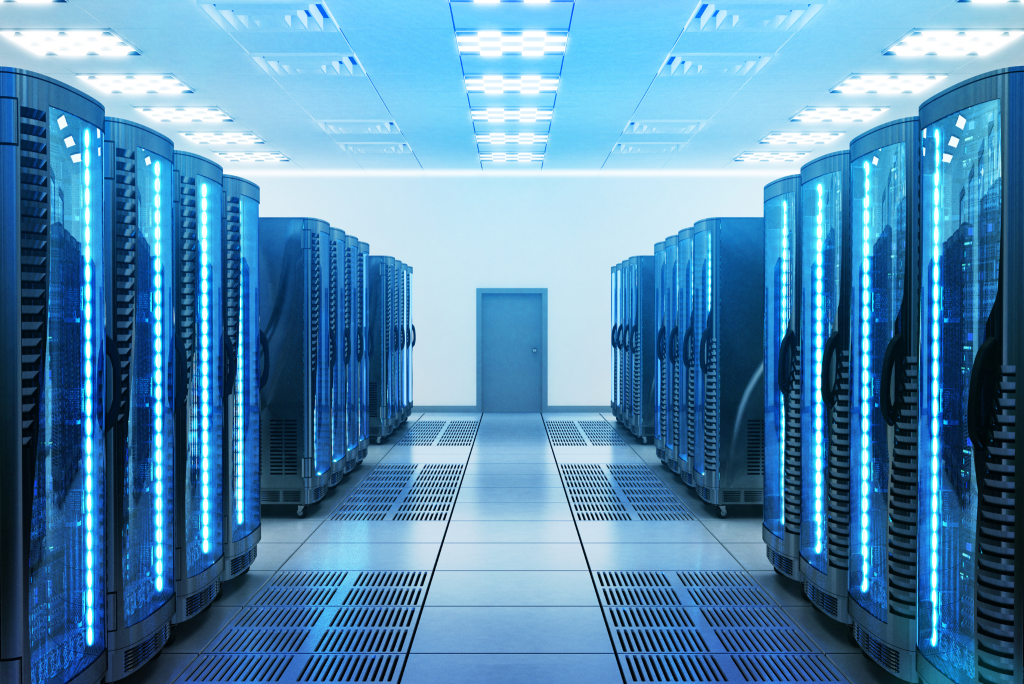To achieve a more sustainable future, the data center industry must comply with Environmental, Social, and Governance (ESG) aspects.
In a world that is increasingly aware of the environmental and social impact of human activity, companies are facing the need to adopt more sustainable practices in their operations, and data centers – that critical data storage and processing infrastructure – are no exception.
In this article, we will explore how data center design and construction are adapting to ESG requirements to catch up with the world’s rising environmental awareness.
ESG And Its Relevance
Environmental, Social, and Governance (ESG) aspects have become a benchmark for companies from all industries seeking to manage their operations in a responsible, sustainable way. For those companies, adopting ESG means not only being mindful of their environmental and social impact but also implementing sustainability criteria in their business strategies and decision-making processes.
In this context, data centers – major energy consumers and sources of heat – face the challenge of balancing their exponential growth with the need to minimize their environmental impact.
According to a report from the International Energy Agency (IEA), data centers consume around 1% of the world’s electricity, a figure that is forecast to rise as more and more companies rely on cloud and data storage services.
Furthermore, according to a Greenpeace report titled Clicking Clean: Who is Winning the Race to Build a Green Internet?, data centers and their associated digital infrastructure account for 2% of the world’s greenhouse gas emissions, a contribution roughly equal to that of the aviation industry.
Therefore, green data centers are becoming a priority for many companies and service providers seeking to reduce their carbon footprint but also meet their customers and shareholders’ expectations, as they increasingly value sustainable practices.

The Importance of Having Green Data Centers
Before exploring how data centers are adapting to ESG, it is essential to understand why they play a key role in the transition to a more sustainable economy.
Data centers are the backbone of modern digital infrastructure. By storing and processing data, they enable a wide array of services, from mobile apps to cloud services. On the other hand, they also consume massive amounts of electricity and generate heat, resulting in carbon emissions and other environmental impacts.
In this context, green data centers are focused on reducing energy consumption, using renewable energy sources, and optimizing operational efficiency, allowing corporations to reduce their carbon footprint and minimize their contribution to climate change while cutting long-term operational costs in the long-term.
Strategies to Build Green Data Centers
Green data centers are built based on a number of strategies and technologies, including:
Energy Efficiency
Data centers are taking measures such as using more energy-efficient equipment and servers, optimizing cooling, and adopting smart infrastructure design. The deployment of sensors and energy management systems allows companies to monitor and control energy consumption in real-time, optimizing resources and reducing waste.
Renewables
A number of data centers are switching to renewable energy sources to reduce their carbon footprint, including solar panels, wind turbines, and other on-prem clean-energy generation technologies. Some are also buying renewable energy through power purchase agreements (PPA), while others are exploring power storage solutions to ensure continuous, reliable supply.
According to research from REN21, renewable energy comprises 28% of the global electricity mix, and more and more data centers are adding renewables to their sustainability strategy, including solar panels, wind turbines, and other clean generation systems.
Smart, Modular Design
Data centers are adopting smart, modular design approaches to optimize space and resources, increasing scalability and flexibility. This enables future growth and avoids waste as infrastructure is built with more capacity than is currently needed.
Recycling/Waste Management
Data centers are also implementing recycling and waste management programs to minimize their environmental impact, adequately dispose of electronic waste, and adopt a series of recycling practices in every operation. Some data centers are also exploring ways to use the residual heat generated by services to provide heating for nearby buildings or for other industrial uses.

The Impact of Green Data Centers on ESG
The adoption of sustainable practices in data centers provides not only direct benefits but also alignment with ESG and investor/customer expectations.
Reduced Emissions
By launching energy efficiency strategies and using renewable energy sources, green data centers can significantly reduce their carbon emissions, contributing to achieving climate change mitigation goals and advancing the transition to a low-carbon economy.
Energy/Cost Savings
Energy efficiency and renewable energy sources can also provide significant long-term operational cost savings. By optimizing cooling systems, using more energy-efficient equipment, and adopting energy management practices, companies can consume less energy and reduce associated costs.
Regulatory Compliance
Green data centers are in a better position to comply with constantly evolving environmental and energy regulations. By adopting sustainable practices, companies can prevent legal risks and sanctions associated with non-compliance.
Reputation/Customer Satisfaction
The adoption of sustainable practices in data centers can improve a company’s reputation and help it meet the expectations of customers that prize sustainability. More and more consumers and organizations are considering ESG in their purchasing decisions and service provider choices, turning green data centers into a competitive differentiator in the market.
According to a Cone Communications survey, 87% of consumers consider social and environmental responsibility issues when deciding on a purchase. Users are increasingly interested in companies and service providers with a proven commitment to sustainability, including the adoption of sustainable practices in data centers.
Green data centers play a key role in the transition to a more sustainable future. Although there’s still much to do, this progress shows the technology industry’s commitment to environmental protection and its advocacy for a better future.




